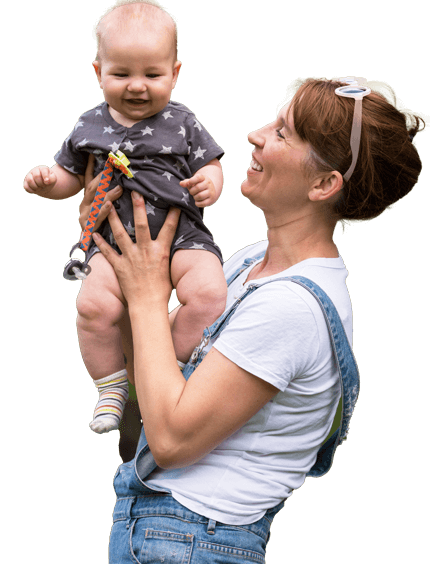We’re proud to offer you more affordable family building treatments, without sacrificing quality or results.
Located in St. Louis, Fertility Partnership is your bridge to more affordable fertility care. Our expert team provides personalized services, from evaluations to advanced treatments like IVF. We’re committed to breaking down financial barriers with transparent pricing and flexible financing options.
Join our supportive community and turn your dream of parenthood into reality.



Here at Fertility Partnership, we pride ourselves on being independent from corporate medicine – and the hidden fees that come alongside it.
Meet the team that will help you bring a baby into the world – in a more accessible way.
At Fertility Partnership, we don’t limit the course of your treatment just because your insurance company does. We will work with you, your insurance coverage, and financing where needed, to grow your family.
Get in touch to find out more about how we can make this dream a reality – within your budget.
Take the first step towards realizing your dreams of parenthood. Contact us today to schedule your consultation.

Fertility Partnership in St. Peters, MO